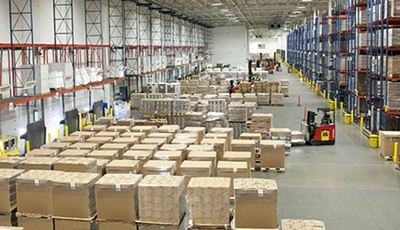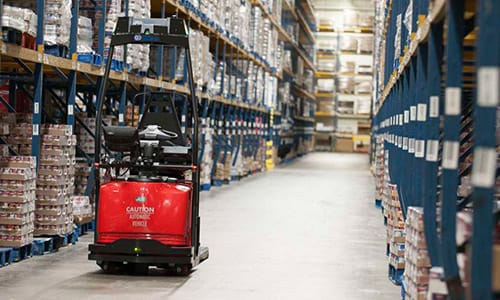Optimizing slow moving inventory

There are many reasons to keep a watchful eye on distribution center costs. Movement on high-volume SKUs tends to get much of the attention when it comes to cost considerations, and slow-moving SKUs are often overlooked. These slow-moving SKUs, however, also contribute to total costs — such as product costs, storage costs and processing costs — and therefore they must remain a focus in the distribution center.
There are many reasons to keep a watchful eye on distribution center costs. Movement on high-volume SKUs tends to get much of the attention when it comes to cost considerations, and slow-moving SKUs are often overlooked. These slow-moving SKUs, however, also contribute to total costs — such as product costs, storage costs and processing costs — and therefore they must remain a focus in the distribution center. Slow-moving inventory (SMI) takes up valuable space and costs more to stock and pick than faster-selling items. The following steps can be taken to better understand SMI and how to optimize it.
Apply Pareto’s Law
When you look at overall SKU breakdown, 20% of best-selling SKUs statistically account for 80% of business revenue. Cubic velocity plays a major factor in determining the kind of storage medium that should be used and its location within the facility for maximum efficiency.
Reduce handling costs
Companies need to reduce handling costs if they want to stay healthy and remain viable in today’s competitive market. Collecting, analyzing, and reviewing inventory flow, demand patterns, storage information, pick positions, and other data is essential for companies to optimize their operation.
A good place for any business to start is with a complete analysis of SKU movements. Proactively working with industry professionals to determine the best inventory management strategy can help improve your process, minimize space, and positively affect your bottom line.
Optimize the distribution center
Analyzing facilities and optimally configuring distribution centers can help achieve bottom-line savings. This practice requires looking at the warehouse operation from a different perspective and repeating the process to ensure proper efficiency.
Rather than letting SMI collect dust, add a carousel system that stores slower-moving products in your distribution center. Not only will you gain additional space and improve efficiency and ergonomics, but also you’ll benefit from improved order accuracy and long-term profitability.
If you are experiencing losses because of SMI, consider taking the steps listed above to improve your warehouse operations and reduce extra costs.
Submitted by on Mon, 03/06/2017 - 17:50
Plant Services, Today's Optimized Facility
Read the original post: https://www.plantservices.com/blogs/todays-optimized-facility/optimizing-slow-moving-inventory/


